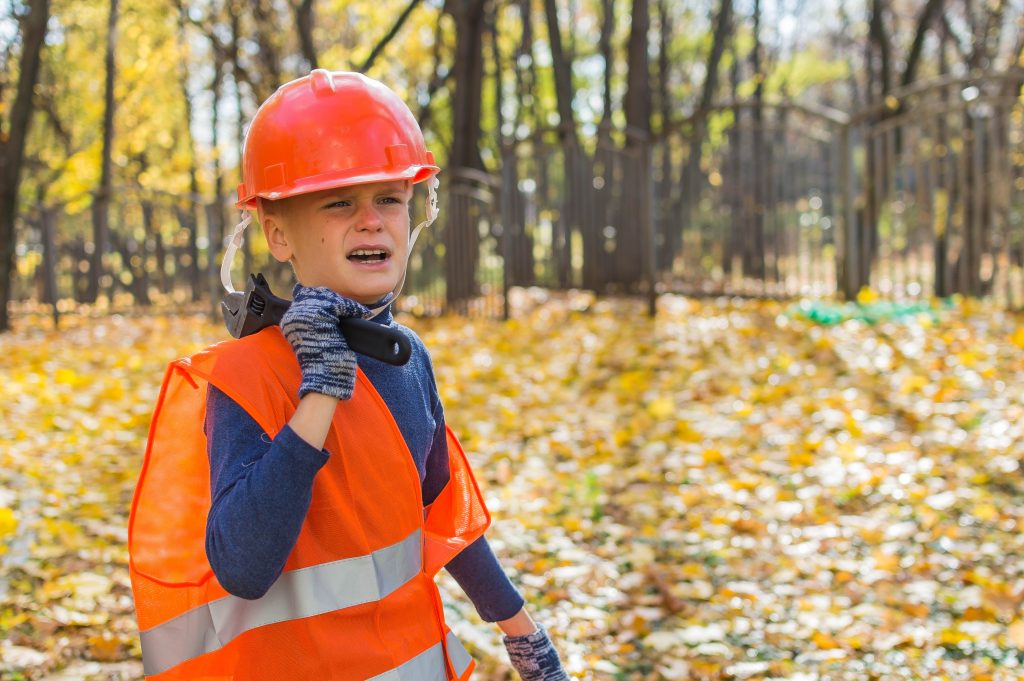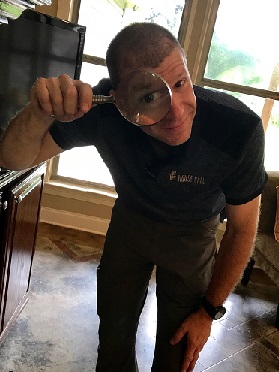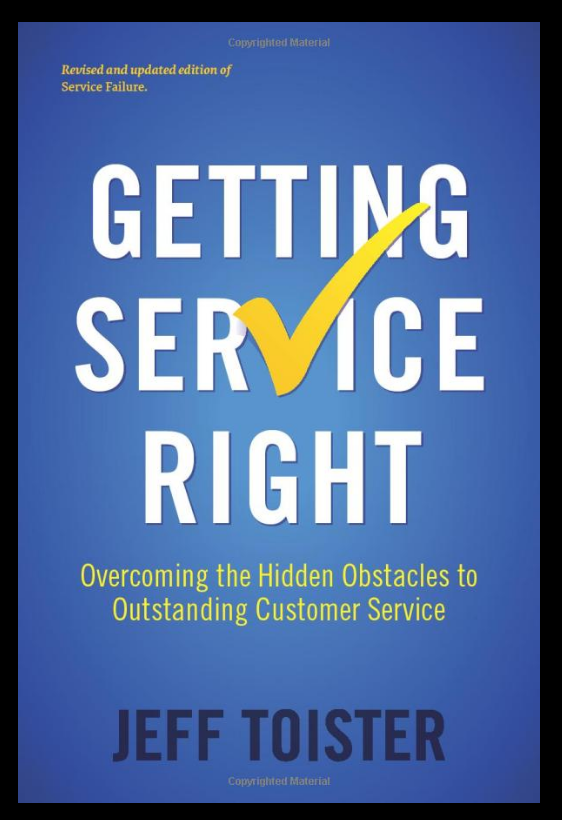Being a home inspector is usually pretty straightforward. Someone calls us, we do their home inspection, and get paid. One, two, three; nothing much unusual in that process. But, sometimes, we’re asked to do things that are outside our normal routine. It’s in situations like these, when we’re asked to step outside our comfort zone, where we’ve got to be more aware, as we’re doing something that’s different from our normal one-two-three.

For most inspectors, re-inspections fall into this “unusual” zone. While we can certainly make the argument that a re-inspection isn’t that much different from our usual home inspection, there’s enough variation between the two that it’s worth being prepared for the discrepancies and planning accordingly.
First, let’s define a re-inspection. There are two different times when something could be described as a re-inspection. The first is when we return to a previously inspected property to complete a portion of the original inspection that couldn’t be done at the original scheduled time. Maybe we were locked out of a certain portion of the property, or one (or more) of the utilities were not on at the time of the inspection.
Having to return to a property to finish an inspection does happen on occasion (and typically happens more frequently to newer inspectors, who are generally dealing with less experienced agents and buyers). While this is an important part of our jobs and allows us to make sure that we’re providing a complete product for our clients, it’s not the focus of this article.
For our purposes, we’ll describe a re-inspection as any subsequent trip to a previously inspected property for the purpose of verifying whether repairs, that were recommended in the initial inspection report, have been performed.
In some areas, and for some inspectors and agents, re-inspections are a common occurrence. In other areas, and for other inspectors and agents, re-inspections are not part of the home inspection process. Whether or not we include re-inspections as part of our business model is strictly up to us (and any applicable state laws). Some inspectors do, while others don’t, with each of them firmly believing that their way of doing business is the right way.
There are convincing arguments on both sides of this disagreement. Inspectors in favor of re-inspections argue that, by verifying that requested repairs have been made, they’re providing a valuable service to their clients. Those against re-inspections firmly believe that doing so oversteps the traditional boundaries of a home inspector and that they should be avoided at all costs.
I have a good friend who’s a very experienced inspector (some would simply call him old…) and he’s vehemently opposed to re-inspections. His argument, which is quite compelling, is that doing so forces an inspector to take contradictory positions on their job (which can hurt their case if the inspector is ever involved in court proceedings). He argues that we start out on the original home inspection, telling our clients that we’re generalists, doing a limited, visual inspection which is not technically exhaustive. Then, he argues, that we turn around and offer to do a re-inspection where we suddenly become experts, offering our opinion on the quality of repairs performed on the items we originally noted as deficient.
On our original inspection, we simply called out the things that we thought were wrong and recommended that an expert (electrician, plumber, engineer, etc.) evaluate these items and repair or replace them as they see fit. We typically refrain from dictating repair procedures or replacement parameters in our inspection reports, as that would be overstepping the bounds of a traditional home inspection. Yet upon returning to the property for a re-inspection (he argues), we’re suddenly competent enough to evaluate the quality of the work performed by these other professionals.
When looked at through this lens, one can easily see that by doing re-inspections, we could put ourselves in a precarious position, causing us problems if we ever do end up in court. It could be hard to explain to a judge that we’d suddenly become an expert, qualified enough to evaluate the work that we’d previously advised that others be responsible for (in our original inspection report).
While my friend makes some convincing arguments against re-inspections, it’s my opinion that we can successfully offer this service to our clients, as long as we take the time to explain what it is that we’re offering (and have a contract in place that offers some level of protection to us and our business). Our clients and agents are often looking for someone to provide them with this service. They’re typically not well versed in home repairs, and are looking to us, their home inspectors, as a source of expertise in these matters.
By offering this type of service, we can help to ensure that our clients have a good experience with our company, and dramatically increase the chances that they’ll have a good home buying experience. Working to make sure our clients are happy is one of the easiest things we can do to build our business. We’ve just got to make sure we take the extra steps to verify that we’re all on the same page when it comes to what they’re getting when they hire us to do a re-inspection.
Customer service is the new marketing; it’s what differentiates one business from another.
Jay Baer
We should ensure that our clients know exactly what it is that they’re paying for when they hire us to perform a re-inspection. If they’re expecting us to do something that’s not included in the service that we’re providing, we’re setting the stage for disappointment (and all the problems that come along with a frustrated client). By clearly stipulating our services in our re-inspection contract (and yes, we should have a separate re-inspection contract), we can help to eliminate some of the misunderstanding that often comes along with providing services for clients that don’t fully understand our industry.
My contract states that I’m verifying whether a repair was performed on the items in question, and that I’m not evaluating the quality of the repairs. I also recommend that the client obtain all relevant receipts and verify that they were performed by qualified tradespeople (licensed and insured when necessary), which is consistent with the suggestions I’ve presented in their original home inspection report.
Even though my contract states that I’m only verifying that repairs were done, I am going to provide them with a verbal consultation after the re-inspection where we will discuss the repair work. It’s then that we’ll talk about how good or bad the repairs look. My re-inspection contract, just like my standard home inspection contract, states that my clients won’t make any claims against me for “verbal representations,” which means that I’m responsible for what’s written in my report and not what we talk about afterwards. This allows me to confirm something was (or wasn’t) done in my report, while still being able to verbally tell them when it looks like the repairs were performed by a nearsighted third grader with two left hands using bubblegum and paperclips…

If local inspection laws allow them, performing re-inspections can be a way to supplement our income while also providing a valuable service to our clients and their agents. As in everything business related, taking a little extra time to make sure we “dot our I’s and cross all our T’s” can go a long way in preventing future problems.
Making our customers happy with the service we provide is the easiest way to avoid problems and build our business.
The more advocates you have, the fewer ads you have to buy.
Dharmesh Shah
I welcome all feedback (both positive and negative) on this post.
Please take a moment to leave a comment below. Thank you!
Want to be an Influencer in Your Field? Share This Post!
Thanks, Joe


